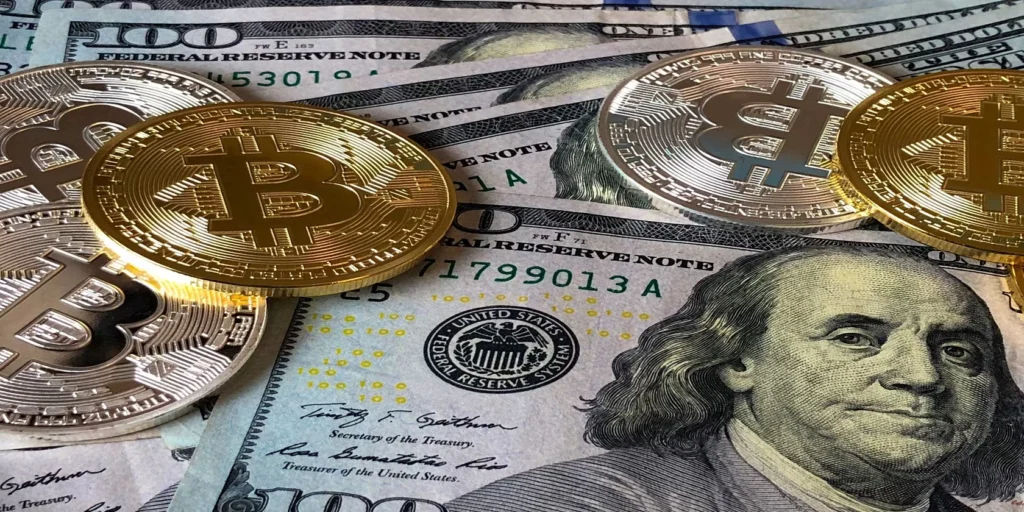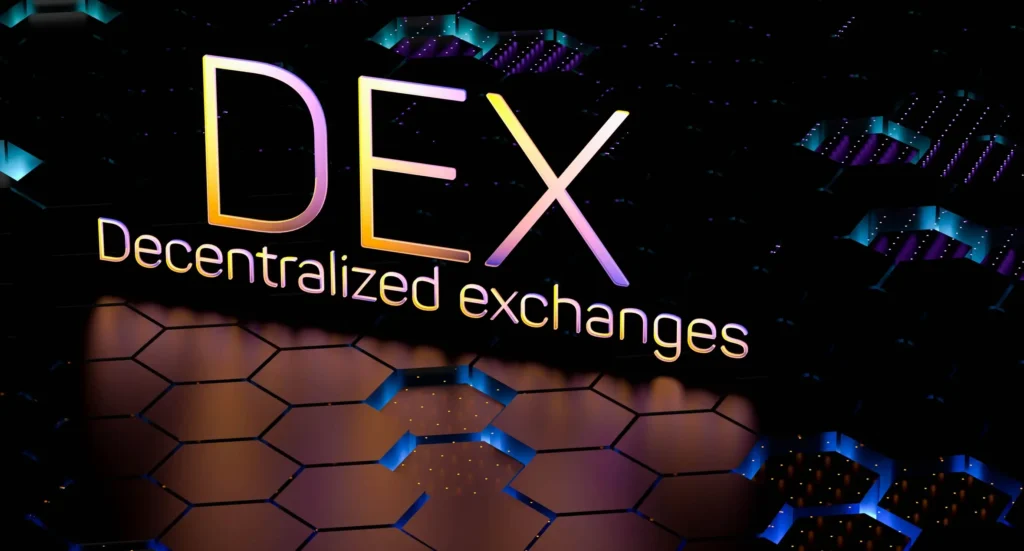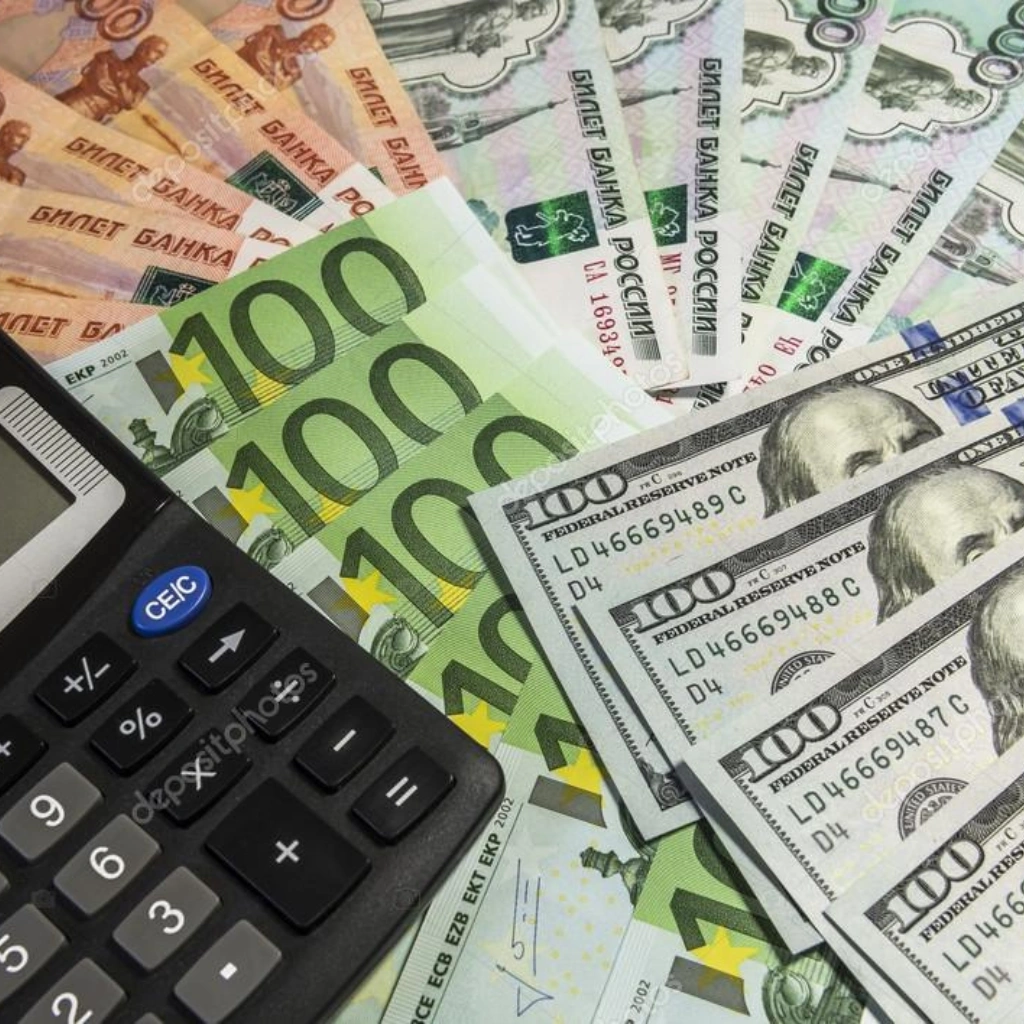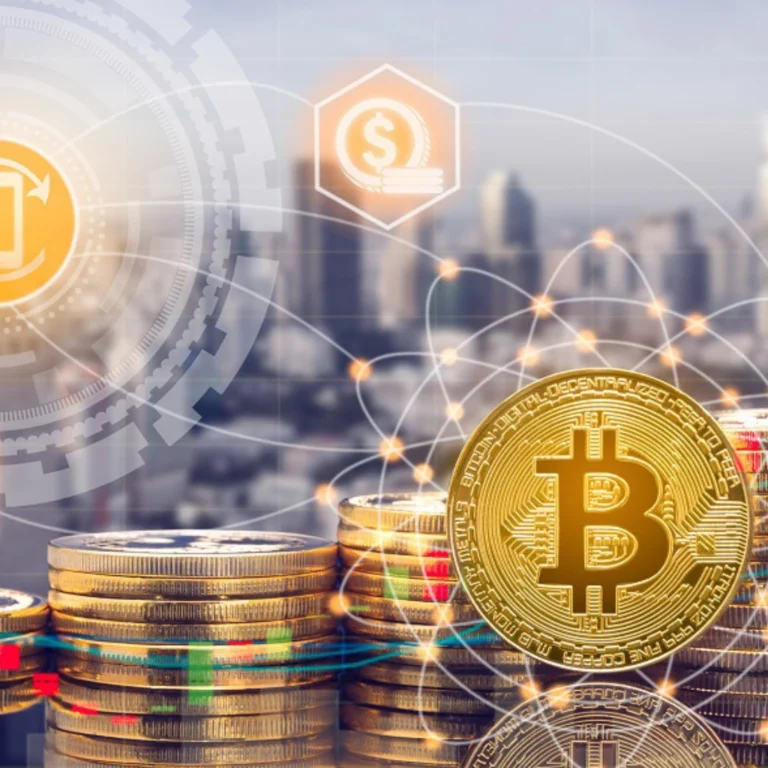Crypto traders often get caught off guard by fees that aren’t always obvious up front. Whether you’re buying Bitcoin, selling altcoins, or moving funds off an exchange, crypto platform fees can take a bite out of your returns. Before you hit that “Buy” button, make sure you know what you’re really paying.
Crypto Platform Trading Fees Vary More Than You Think
One of the most important things to understand about crypto platform fees is that no two exchanges charge the same. While the average trading fee ranges between 0.1% and 0.5%, that’s just the beginning of the story.
Some platforms reward makers and punish takers, meaning you’ll pay less for placing limit orders than market orders. Others might offer discounts if you hold their native token. What looks like a small fee difference can compound quickly if you trade regularly, making comparison essential.

Crypto Platform Withdrawal Fees Can Be a Hidden Drain
It’s not uncommon to focus on trading fees and forget about the cost of getting your assets off the exchange. This is where crypto platform fees sneak up on many users. Some exchanges charge fixed withdrawal fees (e.g., 0.0005 BTC), while others let network congestion dictate the cost.
Withdrawing ETH at peak times can be incredibly expensive, and the same goes for many ERC-20 tokens. If you plan to move your assets often, these fees can quietly erode your profits. Always check the fee structure before transferring out.

“Zero Fees” Often Means “Hidden Fees”
Don’t be fooled by marketing promises of “zero trading fees.” Many platforms make up for it with wider spreads—the gap between buy and sell prices.
You might not see a line item labeled ‘fee,’ but you’re still paying. Spread markups are common in platforms like PayPal Crypto, where you often pay 1% or more above the spot price. This type of pricing model can cost you more in the long run than a platform that lists its fees transparently.

Network Conditions Affect What You Pay
Blockchain networks don’t run for free—and during busy times, gas fees can skyrocket. Ethereum is notorious for this, especially during high activity periods like NFT mints or token launches.
Even if an exchange has low platform fees, high blockchain fees can still sting. This is particularly true for DEXs like Uniswap, where network fees are paid directly by the user. Keep an eye on congestion before making transfers or swaps.

The Best Platform Isn’t Always the Cheapest
It’s tempting to chase the lowest fees, but that’s not always the best move. Some exchanges charge a bit more but offer better liquidity, stronger security, and faster order execution.
A slightly higher trading fee may be worth it if it means fewer slippage issues or safer custody of your funds. Fee savings shouldn’t come at the expense of overall reliability. In crypto, trust is as important as pricing.

Relevant news: here






